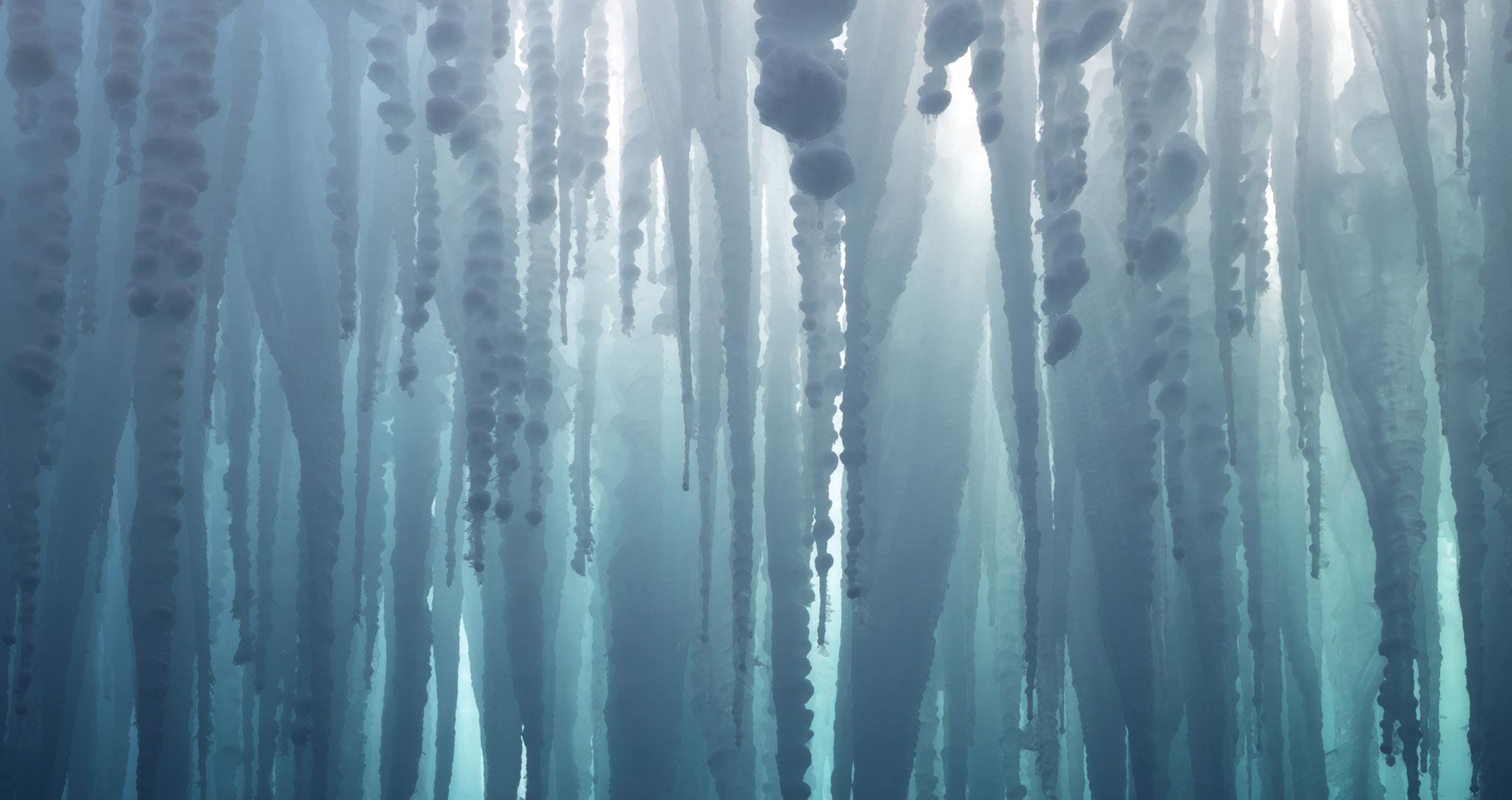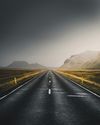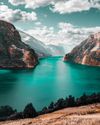
However, what I feel is more important than any of these is the way you see the world. I’ve found that for many photographers, composition seems to be a somewhat nebulous term.
But to put it simply, it’s through composition that we present the moments we experience and the things we see in photographs, deciding where we stand and how we place the frame around the objects that we choose to document. These are the kinds of decisions we must make when hoping to tell a story about a moment in time that we felt was meaningful. How well you are able to do this will determine whether or not the people that view your photograph will be able to see and feel what it is you wanted to show.
It would be an impossible task to try and explain every aspect of composition in a single article. After nearly ten years as a full-time nature photographer, I am still learning and refining my process every day.
But I hope that through the next few points I am about to make you will begin to think more critically and be more deliberate with your approach to making photographs in the field.
These are some things I have learned through years of experience–trial and error–that have now made photography simpler and more straightforward for me, and would have been very helpful to know when starting out. I feel this will only help you to better achieve your personal vision as a visual artist.
CHOOSING A SUBJECT
Before you can begin to tell a story through a photograph, you first need to determine what it will be about. Maybe you have already chosen your subject even before visiting a place, such as a certain mountain peak, tree, or iconic vista, and this is the motivation behind your visit.
This story is from the Issue 124 edition of Photography Masterclass Magazine.
Start your 7-day Magzter GOLD free trial to access thousands of curated premium stories, and 9,000+ magazines and newspapers.
Already a subscriber ? Sign In
This story is from the Issue 124 edition of Photography Masterclass Magazine.
Start your 7-day Magzter GOLD free trial to access thousands of curated premium stories, and 9,000+ magazines and newspapers.
Already a subscriber? Sign In

THE LOWDOWN ON THE SIGMA 15 MM F/1.4 ART FISHEYE LENS FOR SONY
Still, I don't want you to think I'm trying to give you the ol' bait-and-switch, so I'll say right from the top that this lens is quite pricey, and it's certainly not for everyone.

FEATURED PHOTOGRAPHER: DINA BELENKO
In this issue, we interview Dina Belenko, the conceptual still life photographer whose work transcends the boundaries of imagination.

PROVEN TECHNIQUES FOR CAPTURING THE BEAUTY OF FIREWORKS
Snapping the perfect shot of a fireworks display involves more than just pointing and shooting.

7 REASONS TO USE A DEDICATED CAMERA INSTEAD OF A SMARTPHONE
Nearly all of us us have a smartphone in our pockets and the included cameras have led to a real explosion in photography.

7 COMPOSITION TIPS THAT WILL IMPROVE YOUR PHOTOS
If you've wondered why some photos just look better, one of the secrets is often the composition.

THE LOWDOWN ON THE CANON EOS R50 MIRRORLESS CAMERA
An ideal camera for entry level photographers on a budget

FEATURED PHOTOGRAPHER: DAVID WRAGG
In this issue we featured David Wragg, an English automotive studio photographer. David caught our eye when he shared one of his images with us on Facebook where he captured the sleek curves of the front end of a classic Jaguar E Type.

MASTERING SPORTS PHOTOGRAPHY: TECHNIQUES FOR CAPTURING THE ACTION AND FREEZING THE MOMENT
Sport is such a broad and encapsulating term. People across the world love playing and watching a huge variety of sports – from tennis, through football and formula one; every sport will appeal to someone.

THE BENEFITS OF SHOOTING IN APERTURE PRIORITY MODE:
How Aperture Priority can help you achieve creative control over depth of field

EXPLORE YOUR CREATIVITY AND GET OUT OF YOUR COMFORT ZONE
Whether you’re a professional photographer or just enjoy taking images as an amateur, it’s easy to fall into a comfort zone of always shooting the same thing.